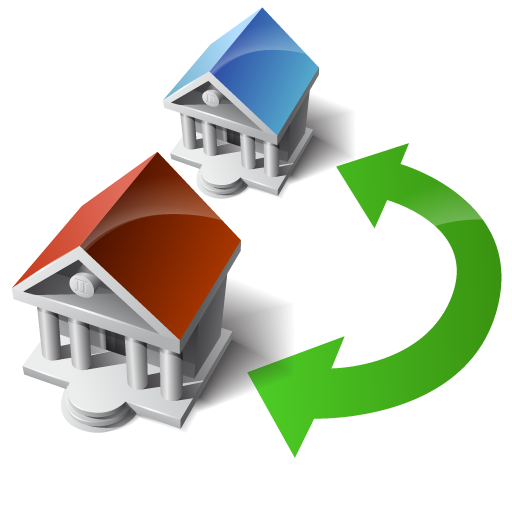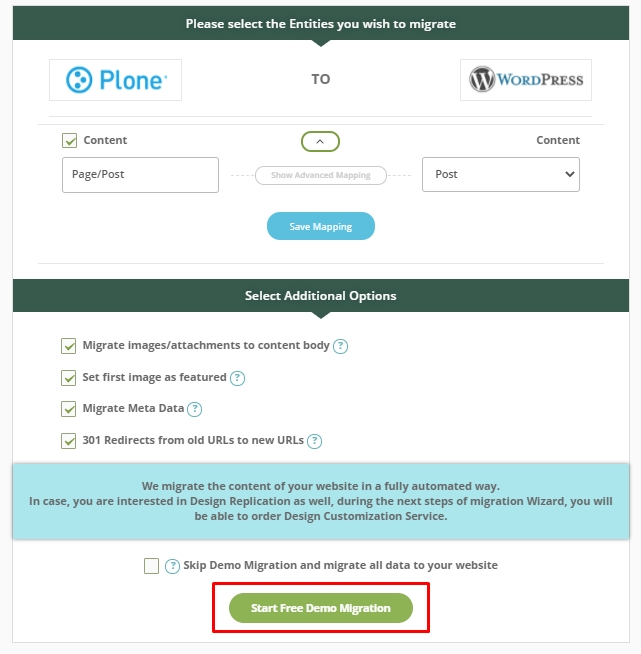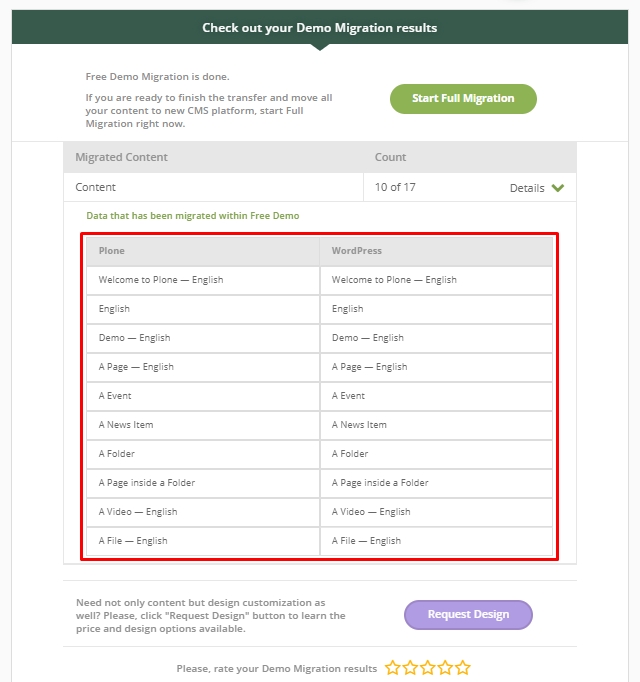When it comes to WordPress vs Plone – there is no one-size-fits-all solution. It’s a subjective decision and this is the reason why the debate will continue. The post doesn’t intend to belittle or alter any of the platforms. The aim here is to simply compare these two software packages for you to make the right choice. So, let’s go to the wilds of WordPress and Plone in order to point out all their ins and outs. And, of course, consider the steps of Plone to WordPress migration.
Why WordPress?
 While speaking about the most popular and widespread CMS solutions – WordPress, undoubtedly, is referred to as No.1. It takes the great bulk of web market and is currently listed as the most user-friendly website building tool. Plone, contrastingly, is distinguished as a more powerful CMS software package that possesses more advanced functionality, multiple sites creation possibilities, and other tempting features. They both have established themselves as robust and flexible CMS options that provide great platforms for creating powerful web applications on a limited budget.
While speaking about the most popular and widespread CMS solutions – WordPress, undoubtedly, is referred to as No.1. It takes the great bulk of web market and is currently listed as the most user-friendly website building tool. Plone, contrastingly, is distinguished as a more powerful CMS software package that possesses more advanced functionality, multiple sites creation possibilities, and other tempting features. They both have established themselves as robust and flexible CMS options that provide great platforms for creating powerful web applications on a limited budget.
In a nutshell, without going into hardcore development features – complexity is exactly the feature that sets them apart. In easier words, Plone provides great possibilities for more advanced developers targeted at building complex web projects, while WordPress suits best for those searching fast website solution with great functionality and flexibility at the same time.
Found yourself facing a big problem of dissatisfaction with your current Plone CMS solution? Or consider it to be an overkill for your web project? It’s a high time to try a more user-oriented platform – WordPress. Probably, the idea of content migration scares you? That’s okay – migrating the data across different platforms can be tricky and risky, especially in terms of losing a lion’s share of the content. Let’s now focus on 3 possible ways of website migration for you to choose from.
Migration Methods
 The manual method is a good way to go for those possessing much time, patience and, what is more, – strong programming background. The method expects copy/pasting every piece of content from one platform to another. Furthermore, you can hire an experienced programmer and have the job done for you. The assisted way of website migration is quite reliable and secure – however, you should be ready for huge financial investments. Alternatively, you can try the automated way of migration with the help of online converters (like aisite) and have all your Plone website content imported to WordPress quickly, flawlessly and in a totally automated manner. Online converters transfer all the content fast and accurately that make millions of people all over the world gravitate towards it.
The manual method is a good way to go for those possessing much time, patience and, what is more, – strong programming background. The method expects copy/pasting every piece of content from one platform to another. Furthermore, you can hire an experienced programmer and have the job done for you. The assisted way of website migration is quite reliable and secure – however, you should be ready for huge financial investments. Alternatively, you can try the automated way of migration with the help of online converters (like aisite) and have all your Plone website content imported to WordPress quickly, flawlessly and in a totally automated manner. Online converters transfer all the content fast and accurately that make millions of people all over the world gravitate towards it.
Interested yet? Look through the step-by-step guide below and get ready to perform the conversion without hiring an expert:
1. Register your aisite account
Create a new account or sign in via Facebook or Google.

2. Specify current CMS and its URL
Identify your Existing site information, and then press the ‘Verify Connection’ button.

3. Enter your new CMS info
Select WordPress, provide its URL address, admin login, and password in order to install the Connector Plugin automatically. In case you don’t have a new WordPress site yet, you can choose ‘Migrate to Our Test Site‘ option.

4. Start Free Demo Migration
Please, select the Entities you want to migrate and Additional options.

5. Check the results
This table includes Clickable links. On the left side – your previous site pages. On the right side the same categories on WordPress. Remember that it’s an approximate appearance. At this step, you can observe the new CMSs functionality and then rate the results ?

In case you are satisfied with the results, you can edit chosen Entities, Insurance and start Full Website Migration.
(Note that migration time depends on the amount of the content you’re up to move to a new website)

Well done! Now it’s time to check up the results of Plone to WordPress migration service and enjoy your new WordPress website and its unlimited possibilities. Congratulations!










